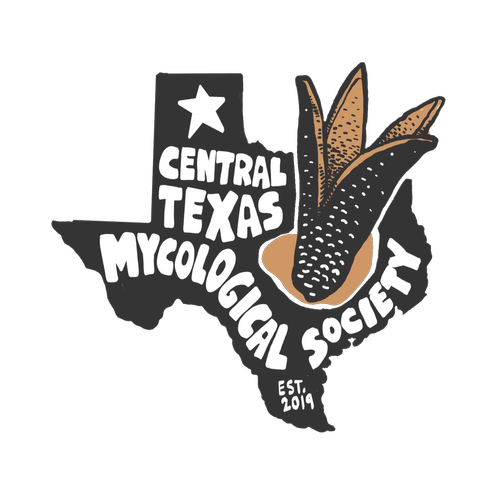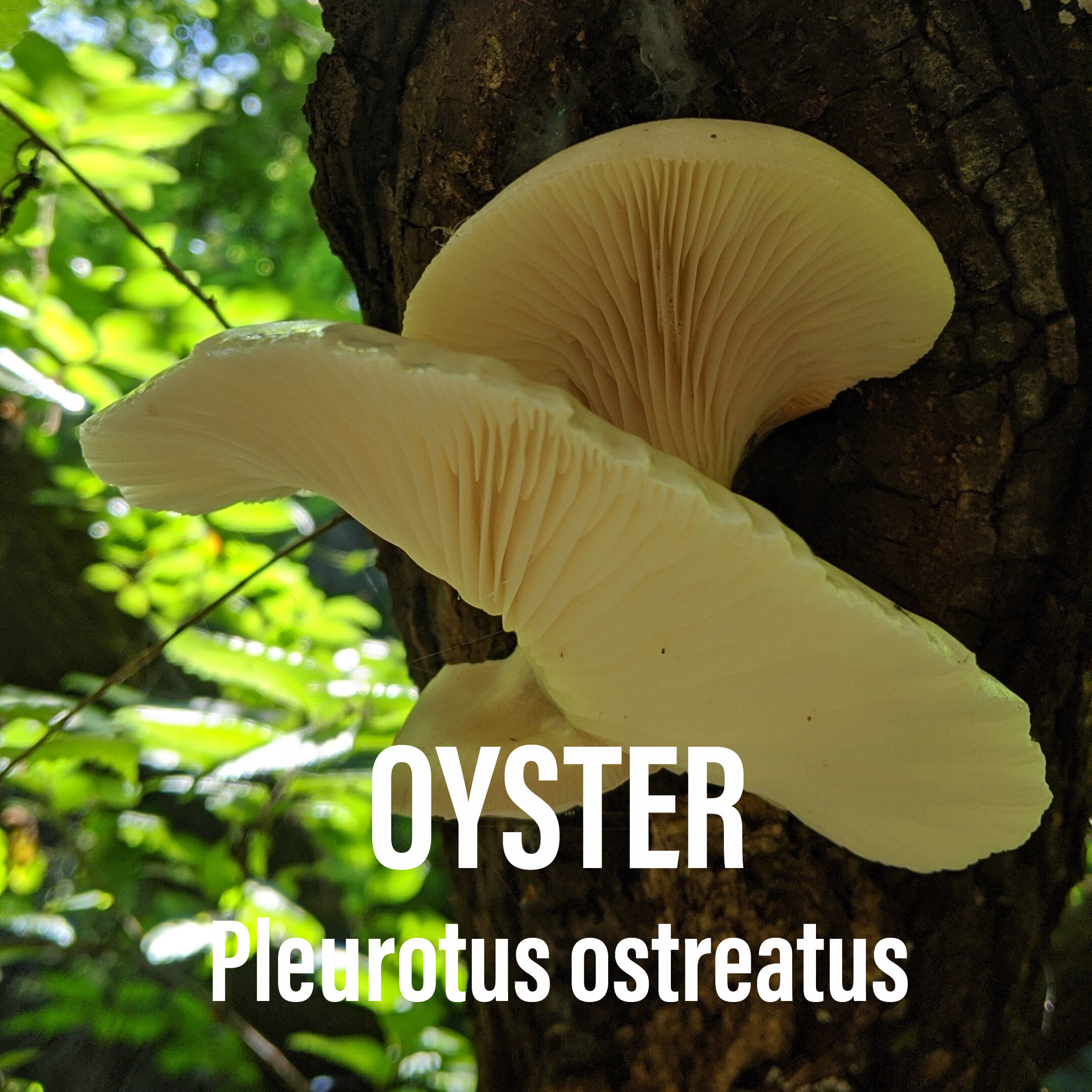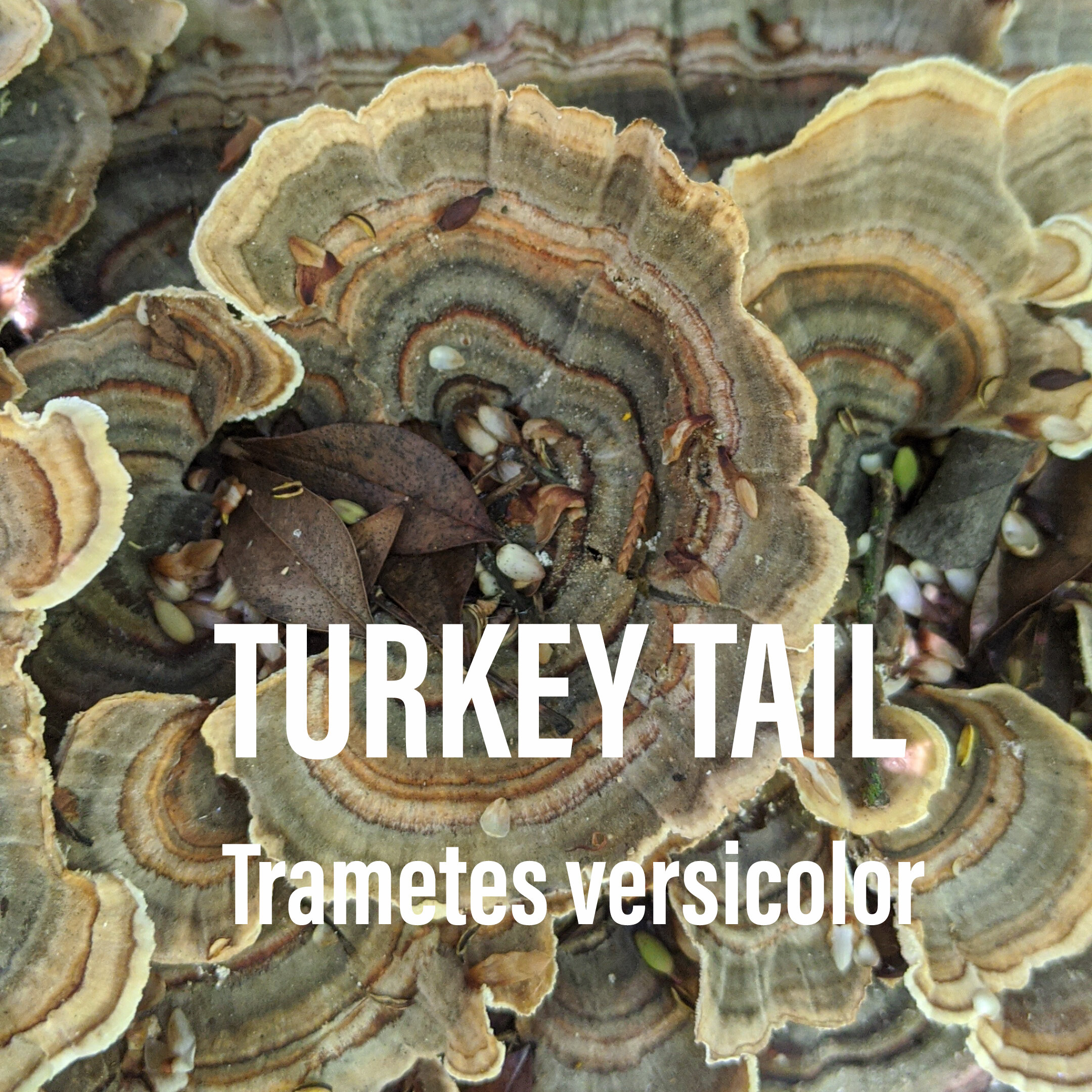Learn wild, edible mushrooms fruiting in Central Texas after rain.
Comes with download of a Wild Edible Mushroom Calendar.
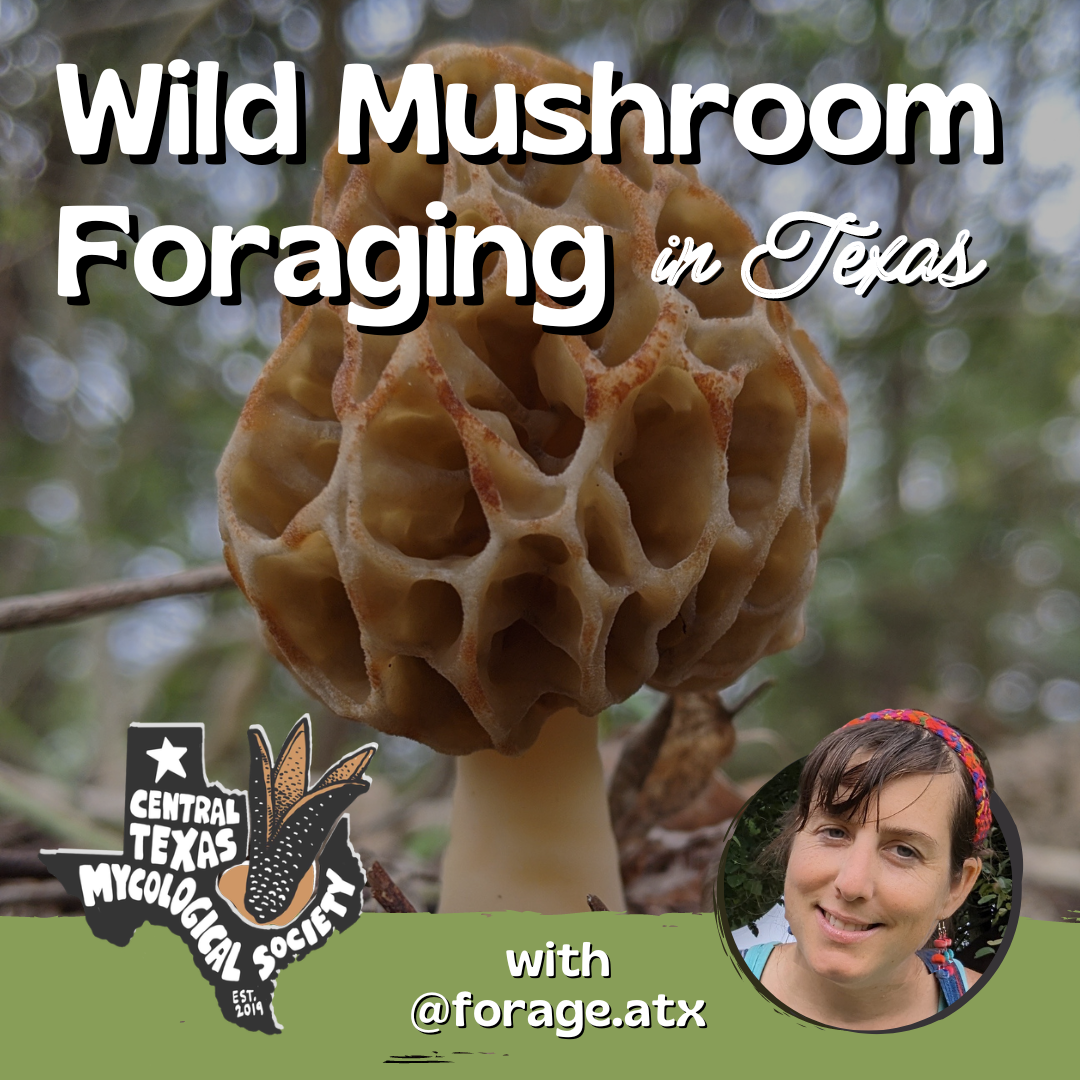
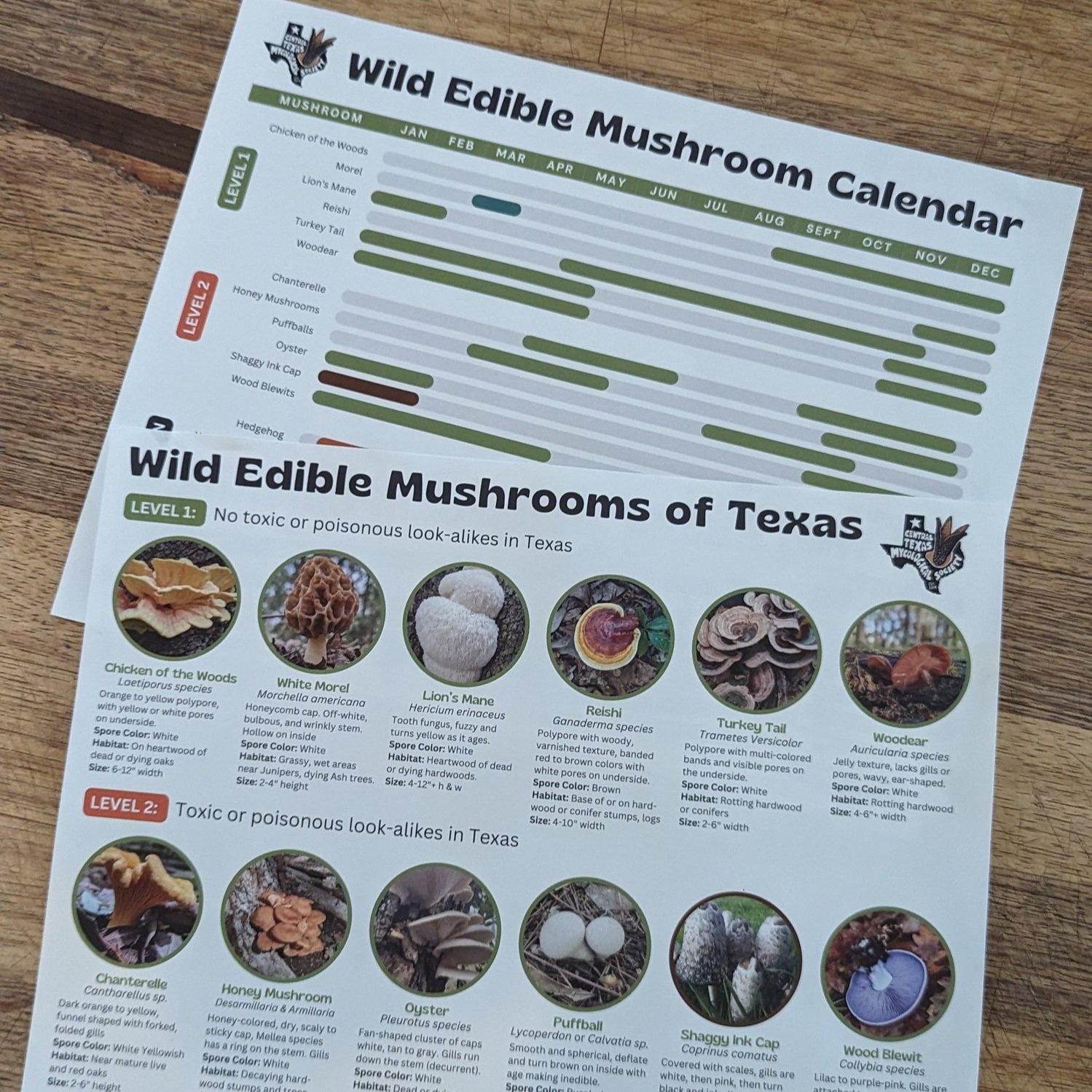
White Morel
Morchella americana
Honeycomb cap with a off-white, bulbous, wrinkly stem. Hollow on inside and 1–4" tall
Fruits after rain while soil temps are 45-50°
Found along creeks near cottonwoods, dying elms, and ash.
Edible when cooked and toxic when raw
As the dewberries blossom, the choice edible morel, starts to fruit in Central Texas. These distinctive fungi have a honeycomb appearance due to the network of ridges with pits composing their caps. I'm already thinking about how to preserve morels so I can pair them with dewberries.
I found my first morels in Texas in 2019 as the pandemic shut everything down. SXSW was canceled and in my new found free-time I wandered near creeks looking under junipers for the honeycombed, yellow mushrooms. Morels are found to be saprophytic, mycorrhizal and endophytes during different parts of their life. In Texas, I have found morels in riparian areas growing in limestone with grasses and duff near cedars or Juniperus ashei, hackberries, possomhaw, and cedar elms. They are illusive and require moisture from rain. The last few years have been really terrible for morels because of the severe droughts in Central Texas. There is a lot of hope for this morel season because they need at least six weeks of freezing temperatures to grow but obviously they have adapted to our shorter winters in Texas.
Look-alikes: Gyromitra, Verpa , Helvella genera have some toxic species. Get confirmation with expert before eating. Death by morels is real.
WOOD BLEWIT Collybia species, formerly Lepista, Clitocybe
Distinct lilac to purple-pink color
Grows in and decomposes leaf duff
Light pink to white spores
Great in breakfast tacos
As the weather stays cool, look out for the edible Wood Blewit, Collybia nuda or tarda species (formerly Lepista and Clitocybe.) This distinct lavender-colored mushroom is found from fall through spring and fruiting in hardwood leaf duff which is decomposes. Fresh wood blewits are great with eggs in breakfast tacos. As they get older they become more tan and iridescent colored on the cap and taste bitter. I throw the older wood blewits my compost leaf pile because they are such great decomposers and will colonize and grow in hardwood leaf litter.
Look-alikes: Be warned because there are deadly, poisonous look-alikes in the Cortinarius or webcap family that grow in similar conditions. It's important to do a spore print AND also confirm the ID with an expert. The spores of the wood blewit are light pink to white and the spores of Cortinarius mushrooms are rust colored. See our blog post with lots of photos and details to help you identify this mushroom.
OYSTER Pleurotus ostreatus
Color can vary white, tan and gray
White to cream gills, run down stem
Cap fan shaped, 2"-8" across, white spores
Grows in clusters and decomposes hardwood
Delicious meat replacement in all types of cuisines
Look-alikes: Southern Jack-o-lantern, Omphalotus subilludens which is toxic and orange to brown in color.
WOOD EAR: Auricularia species
Grows in clusters on decaying hardwood after rain
Cap is wavy, ear-shaped to irregular, 1-4" and > 1/4" thick
Jelly texture and lacks gills or pores
Produces white spores
Absorbs flavors, great in soups, contains protein, iron, calcium and phosphorus
Edibility: Wood ear mushrooms are a popular ingredient in many Chinese dishes, such as hot and sour soup, and also used in Chinese medicine. It is also used in Ghana, as a blood tonic. Modern research into possible medical applications has variously concluded that wood ear has anti-tumor, hypoglycemic, anticoagulant and cholesterol-lowering properties.
Look-alikes: Amber Jelly, Exidia recisa which is also edible.
TURKEY TAIL Trametes versicolor
Variable coloration, distinct striping pattern
Grows in overlapping clusters on logs and stumps
No gills, pores are small and round, white to light brown
Tough, leathery flesh
Medicinal and can be brewed into a tea, broth, or extracted into a tincture.
Look-alikes: False turkey tail. or Stereum ostrea and is non-toxic. Mushroom Expert has a useful check list to determine if it is true medicinal turkey tail.
Become a member and learn more about wild mushroom foraging in Texas!
Membership benefits include early access and discounts to walks, workshops, and more. Your membership helps support the larger community! Tag us to get help with ID and add your observations to iNaturalist.org. If you are trying a new mushroom, confirm the ID with an expert, then try a small amount to make sure you don't have an allergic reaction. Texas Mushroom Identification Facebook group is great for quick responses and ID help. Also, don't forget to add your finds on the Mushrooms of Texas project on iNaturalist.
